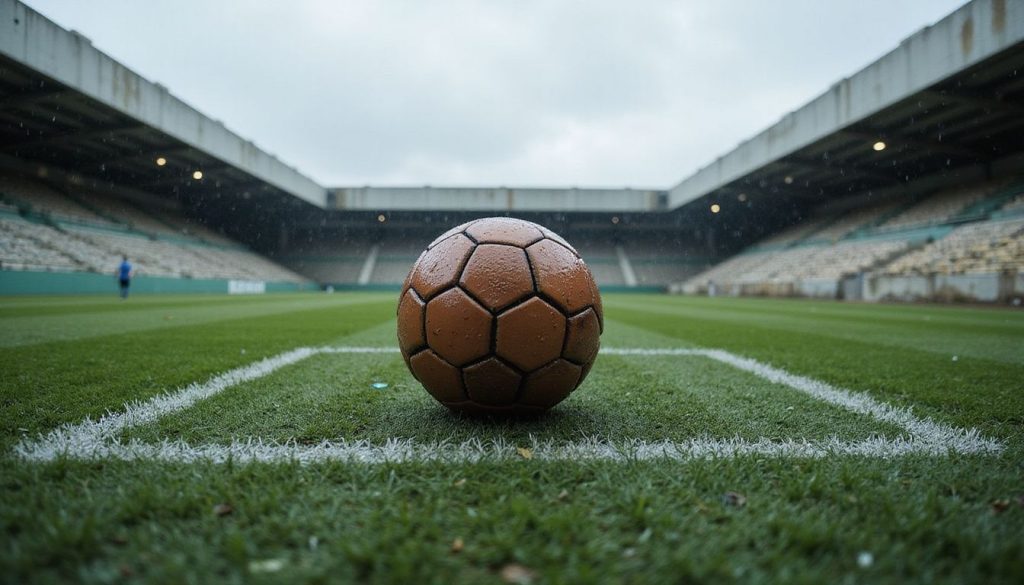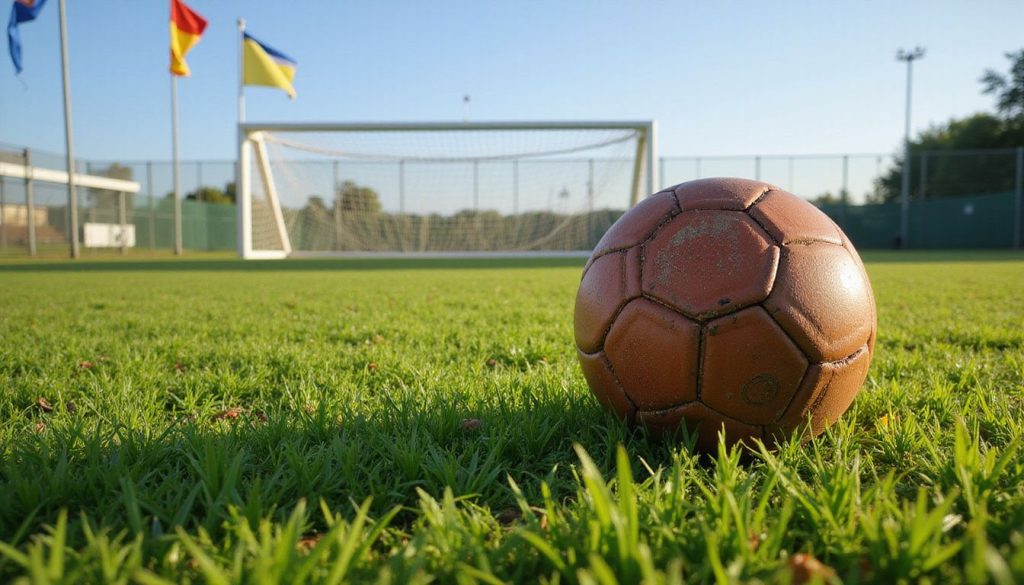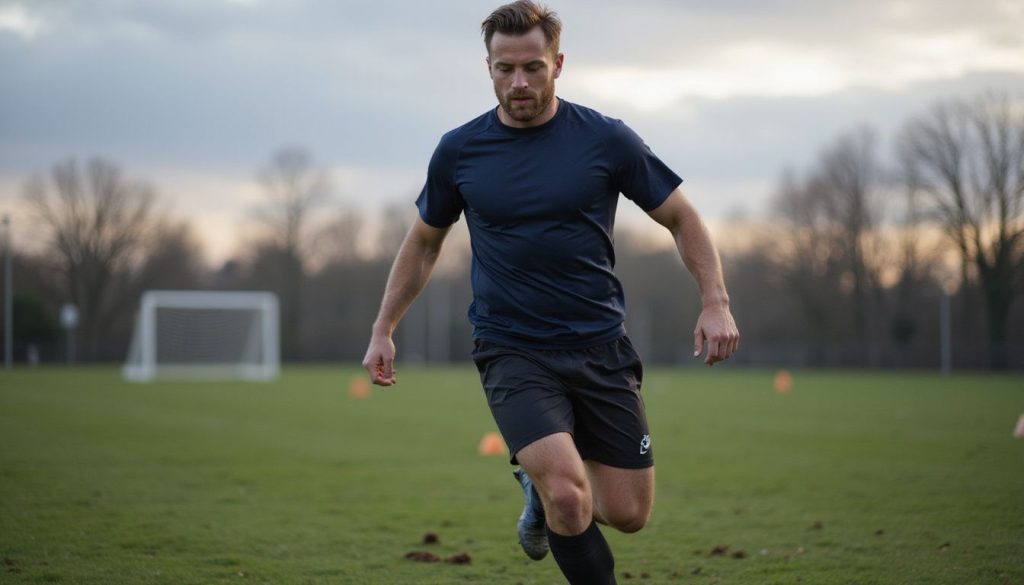Football Strength Training At Home
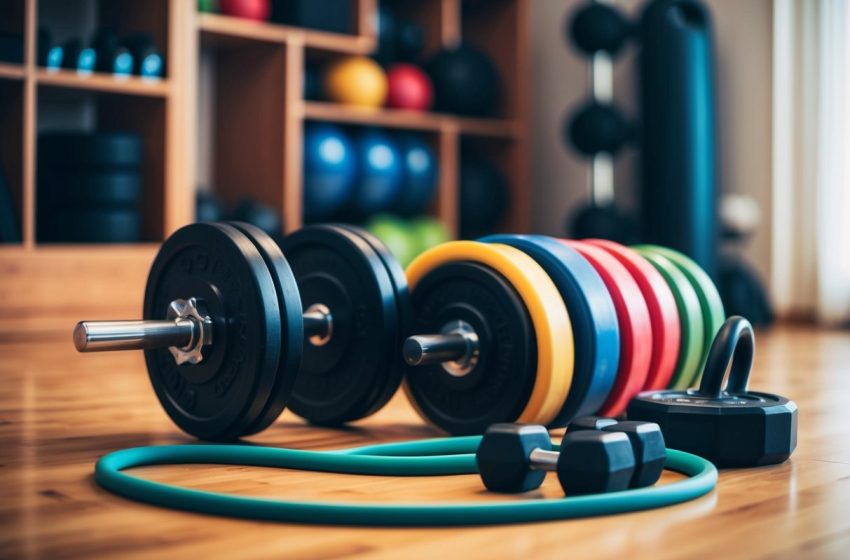
Football Strength Training at Home: Simple Routines for Powerful Performance
You don’t need a gym membership or fancy equipment to build real strength for football. With simple exercises you can do at home, you can boost your power, improve your skills, and stay ready for game day. Many players use push-ups, lunges, squats, and tricep dips to target the main muscle groups needed on the field.
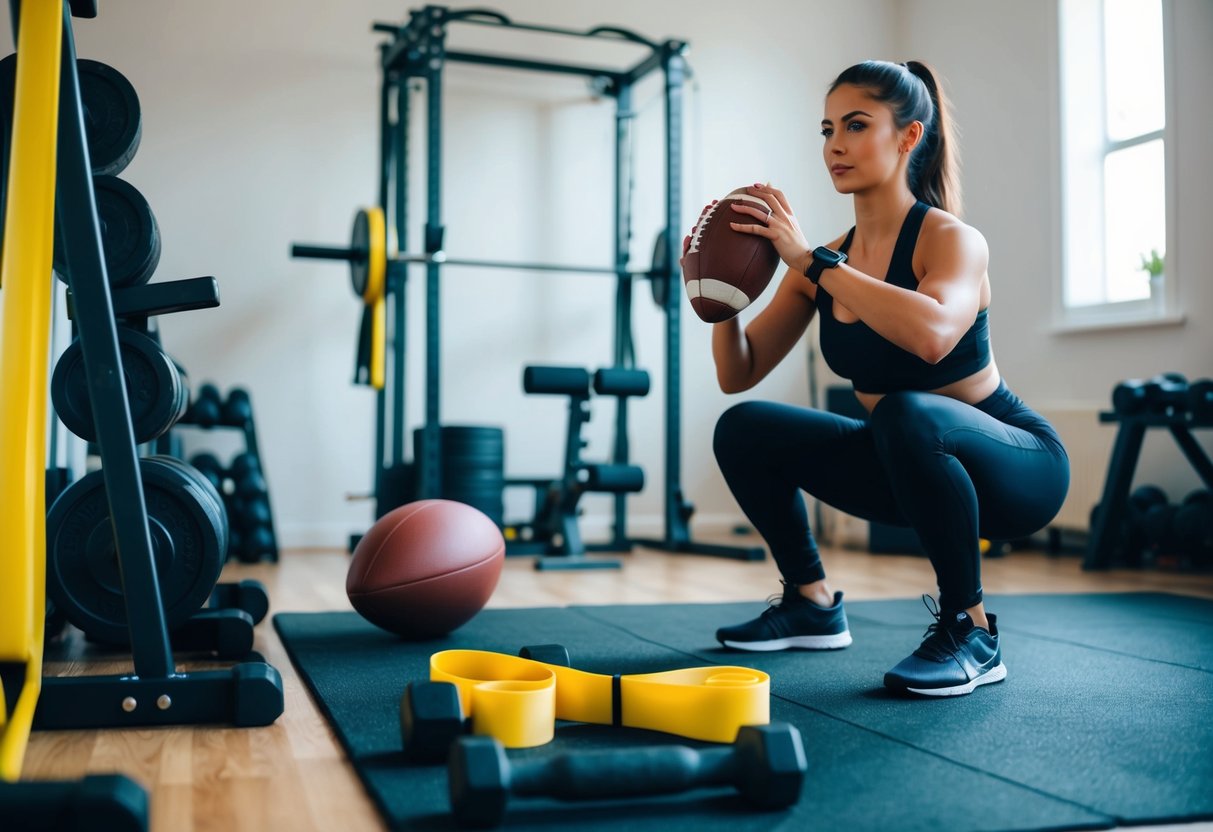
Training at home can fit into your busy life, whether you’re a student athlete or a dedicated football fan wanting to get stronger. Even a quick workout can make a difference, helping you stay on track with your goals and giving you the edge you want.
Principles of Football Strength Training at Home

Building strength at home is possible for football players who follow basic training rules. By using proper form, setting up a small space, and choosing the right exercises, you can get stronger without a gym.
Benefits of At-Home Strength Training
Training at home for football brings several important advantages. It is flexible—allowing you to work out when it fits your schedule. You do not have to travel or wait for equipment at a gym. This makes it easier to stay consistent, which is key for building strength.
At-home programs can also be modified for your fitness level. You can focus on football movements such as squats, push-ups, and lunges. These exercises build muscle and power needed for the sport. With regular practice, you will notice gains in speed, balance, and total body strength.
Working out at home also helps you learn to use your own body weight, which is important for control. This can lower the risk of injury on the field.
Key Training Guidelines
Form is important in strength training for football. Taking it slow and using good technique prevents injuries and helps your muscles grow the right way. Start with simple moves, and increase resistance or intensity only when you are ready.
Guidelines to follow:
- Use strict form on all exercises; do not rush.
- Focus on compound movements like squats, push-ups, planks, and lunges.
- Keep a schedule—try three to four sessions per week.
- Warm up before starting, and stretch when finished.
- Record your reps, sets, and any weight or resistance used.
Try to include both upper and lower body work in each workout. Rest is also key; your muscles need time to repair and get stronger.
Required Equipment and Space
You do not need fancy gear for a football strength training program at home. For many exercises, your body weight is enough. Some common items that help include:
| Equipment | Purpose |
|---|---|
| Resistance bands | Add challenge to basic moves |
| Dumbbells | Build arm, chest, and shoulder strength |
| Pull-up bar | Increase back and arm strength |
| Mat | Comfort for floor exercises |
A small, clear space—about the size of a yoga mat—is usually enough. Choose an area with a flat surface and enough room to move your arms and legs freely.
You can also use sturdy chairs or stairs for exercises like dips, step-ups, or incline push-ups. Keep your area safe by removing clutter and checking for objects that might trip you or get in the way.
Designing Your At-Home Strength Training Program
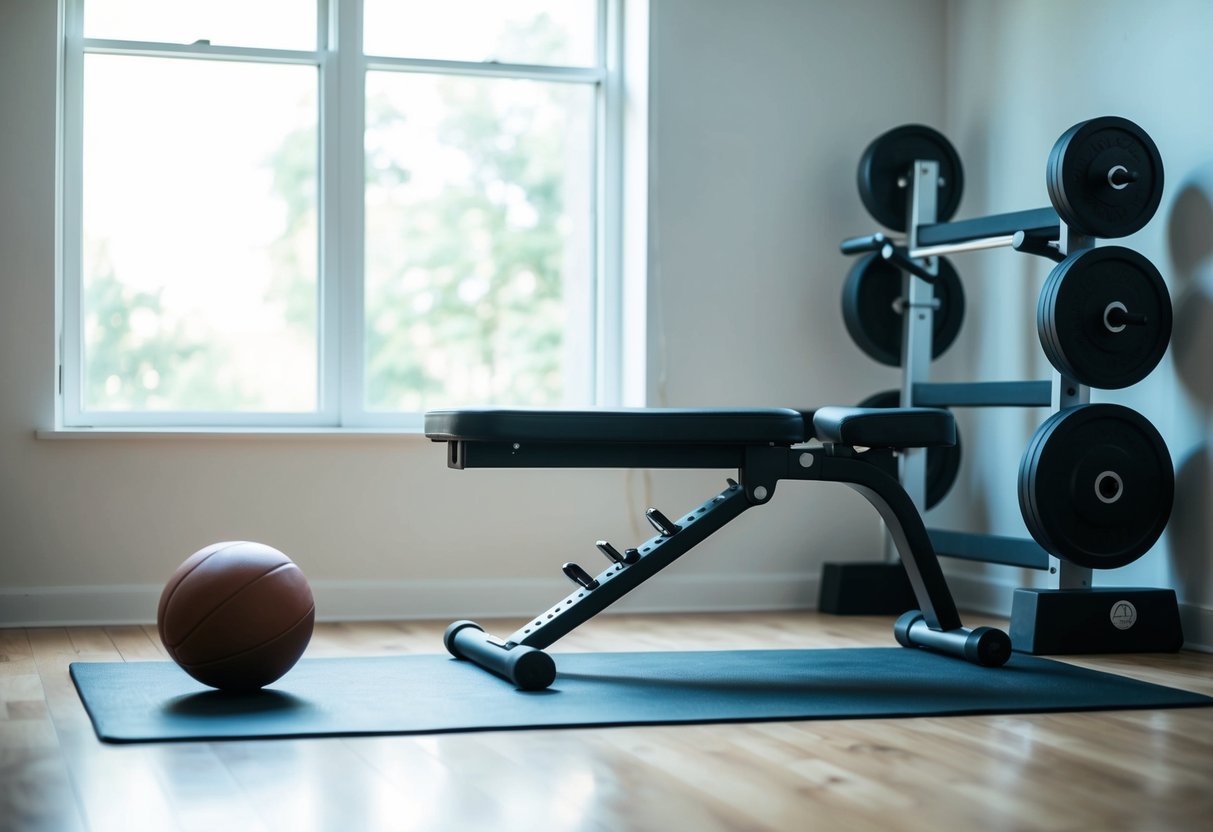
Building a good at-home football strength training program means understanding your current fitness level, making a realistic workout plan, and picking a schedule that fits your needs. These steps help you train safely and make progress every week.
Determining Training Level and Program Duration
First, figure out if you are a beginner, intermediate, or advanced lifter. Beginners might have little strength training experience, while advanced players have trained with proper form for a year or more.
Your training level will affect how often you should train, which exercises you pick, and how hard you push yourself. For beginners, starting with basic movements like push-ups, bodyweight squats, and planks is best.
Think about your football season. Some athletes follow a 12-month football strength training plan with different phases, like off-season and pre-season. If you are new, starting with an 8–12 week program can help build habits. If you are more experienced, you might plan for longer cycles, adjusting intensity as you go.
Setting Up a Daily Workout Schedule
A clear daily workout schedule makes training at home easier to follow. Most athletes do best with set days and times for workouts. Choose a time when you have energy and won’t be distracted.
For strength gains, include a warm-up, main strength exercises (such as squats, lunges, push-ups, or dumbbell rows), and a cool-down each session. Your routine could look like this:
- Warm up: 5-10 minutes (jumping jacks, arm circles)
- Strength work: 20-30 minutes (targeting major muscle groups)
- Cool down: 5 minutes (stretching)
Aim for at least 2–4 days per week, based on your fitness and schedule. Track each workout in a journal or app.
Choosing a Three Day Schedule Versus Alternative Splits
A three day schedule is one of the most popular ways to set up a football strength program at home. You might lift on Monday, Wednesday, and Friday, giving your muscles time to rest and recover.
This schedule lets you target the whole body each session, or split the week into upper body, lower body, and full body days. If you want, you can choose other splits:
| Schedule Type | Example | Pros | Cons |
|---|---|---|---|
| 3 Day Split | M/W/F | More rest, easier to follow | Longer sessions |
| 4 Day Split | M/T/Th/F | Shorter sessions | Less recovery |
| Full Body | 2-3x/week | Targets all muscles each day | May feel tiring |
Pick a schedule that fits your other activities and lets your body recover. Always listen to your body and adjust the program if you feel too sore or tired.
Essential Strength Exercises for Football Players
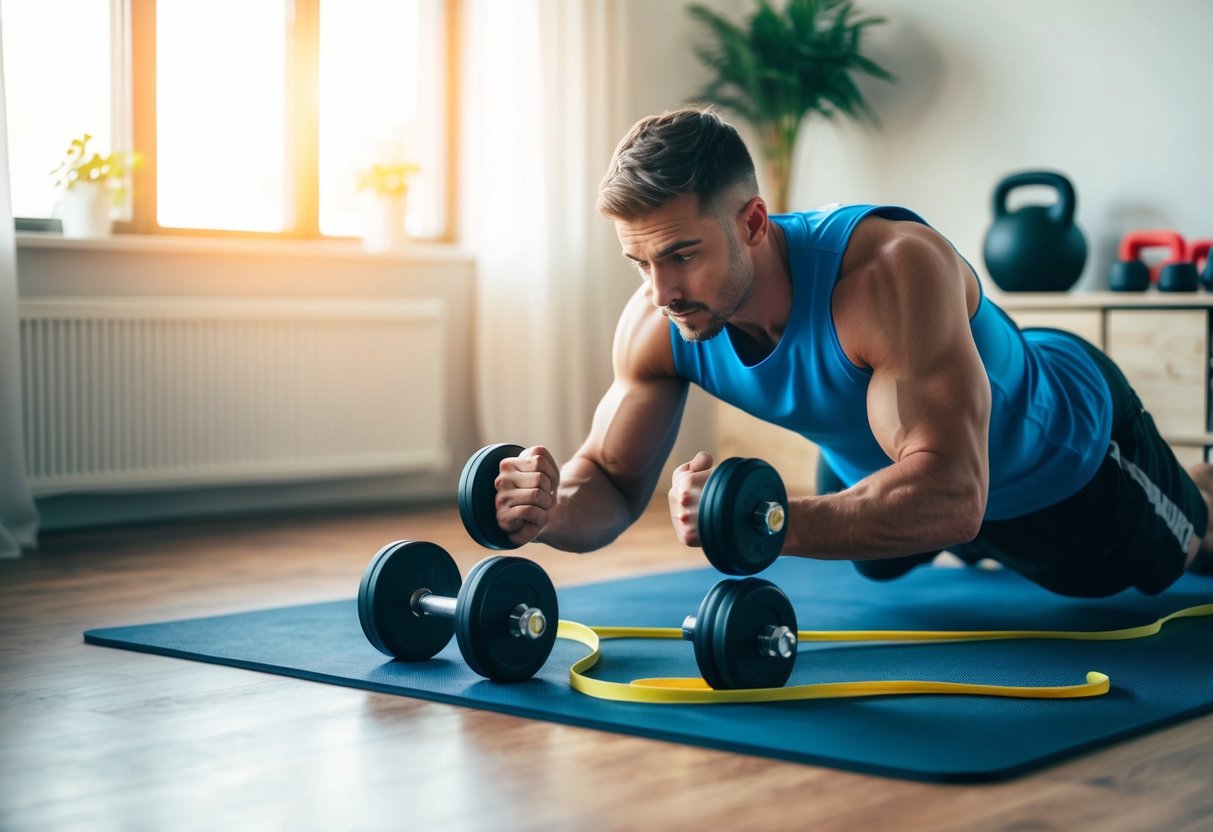
Training for football strength at home is all about focusing on the right movements. You can build explosive power, boost core strength, and target key football muscles with just a few main exercises and some simple equipment.
Full Body Workouts for Explosive Power
Football demands explosive power in both the upper and lower body. Full body workouts help you build muscle and increase speed using simple movements.
Try bodyweight circuits or use dumbbells if you have them. Exercises like squat jumps, burpees, and power push-ups target many muscle groups at once. Add plank variations and mountain climbers to keep your core strong and stable.
Mixing squats, lunges, and push-ups in a circuit builds endurance while also training your body to be quick and powerful. Aim for short rest periods between sets to boost your conditioning and get used to quick bursts of effort, just like in a match.
Sample Full Body Circuit:
| Exercise | Sets | Reps |
|---|---|---|
| Squat Jump | 3 | 10 |
| Push-Up | 3 | 15 |
| Lunge (each leg) | 3 | 12 |
| Plank | 3 | 30 sec |
| Mountain Climbers | 3 | 20 |
Lower Body Movements: Squats, Lunges, and Deadlifts
Your lower body gives you speed, balance, and power. Exercises like squats, lunges, and deadlifts are the foundation of any good football leg workout.
Squats work your thighs, hips, and glutes. You can do them with your bodyweight or add weight for more challenge. Lunges target your legs and help your balance, which is important for changing direction during games.
Deadlifts are great for your hamstrings, glutes, and lower back. If you don’t have a barbell, try single-leg deadlifts using a backpack or dumbbell. Moving slow and steady is key for good form and injury prevention.
Lower Body Focus:
- Bodyweight Squats
- Walking Lunges
- Single-Leg Deadlift
- Jump Squats for power
Upper Body Training: Bench Presses and Military Presses
Upper body strength is important for shielding the ball and winning challenges. Bench presses help you build muscle in your chest, arms, and shoulders. If you can’t use a bench, floor presses or push-ups are great options.
Try different push-up variations:
- Incline Push-Up for upper chest
- Close Grip for triceps
- Wide Grip to simulate wide grip bench presses
Military presses (shoulder presses) can be done with dumbbells, bands, or heavy household items. These movements work your shoulders and upper back, supporting strong tackles and passing power.
Sample Upper Body Workout:
- Standard Push-Up: 3 x 12
- Floor Press: 3 x 10
- Military Press (dumbbells or bands): 3 x 10
- Upright Row (with a backpack or bands): 3 x 8
Incorporating Functional Movements and Pulls
Functional movements train your body for real football actions. Pulling exercises help your back, grip, and keep your muscles balanced.
If you have a pull-up bar, use wide grip pull-ups and chin-ups to build upper body and back strength. Upright rows and lat pull-downs (using bands) also work well.
For those without equipment:
- Try inverted rows under a sturdy table
- Do band pull-aparts to work your upper back
- Add core moves like plank pulls for stability
These movements improve your tackling, jumping, and sprinting by training muscles that often get missed in pushing workouts. Aim for slow, controlled motions for safety and the best muscle gain.
Pulling Exercise Ideas:
- Wide Grip Pull-Up: 3 x max reps
- Inverted Row: 3 x 10
- Band Face Pull: 3 x 12
Optimizing Performance: Endurance, Speed, and Agility
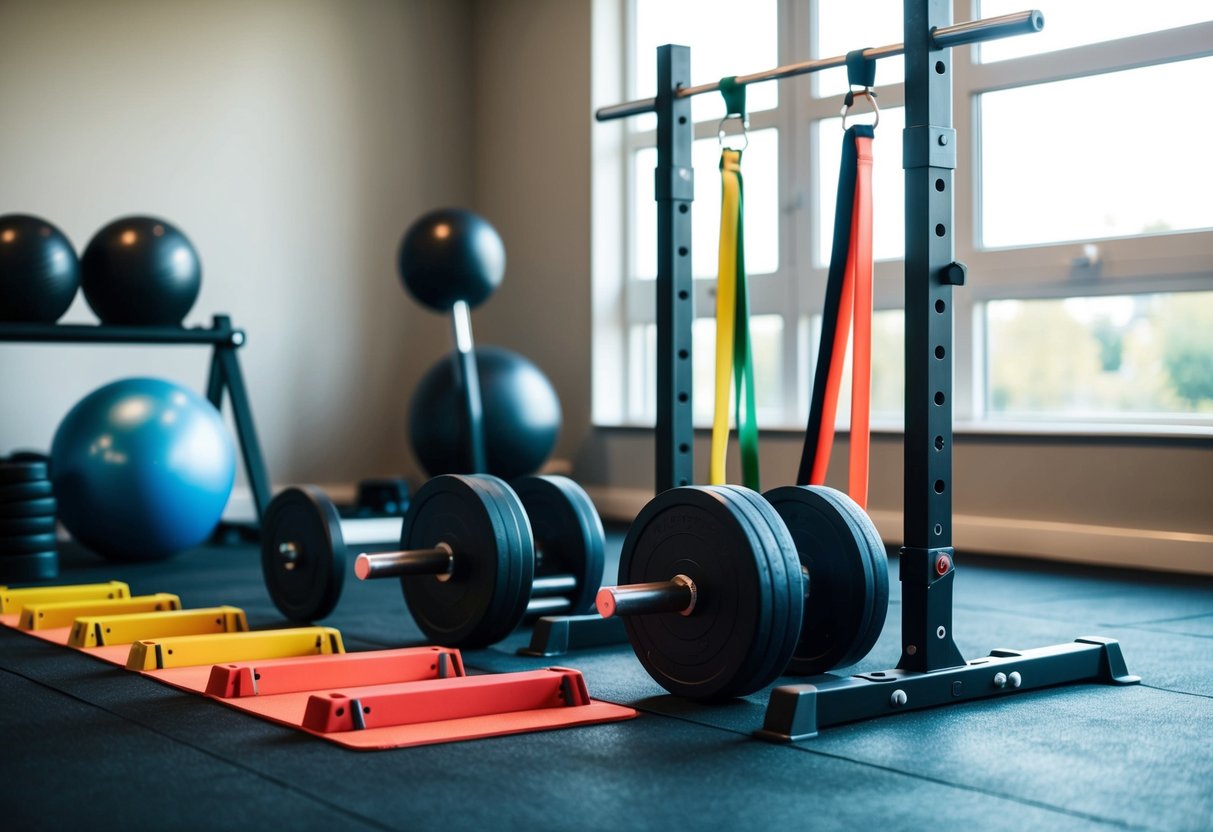
If you want to play football at your best, you need more than just strength. Building up your endurance, speed, and agility will help you last longer, move faster, and react quickly on the field.
Building Endurance for Football
Football matches can last up to 90 minutes, so having good endurance is key. You need to keep up your energy the whole time without getting tired.
Try doing interval training, like sprinting for 30 seconds and then walking for 1 minute. Repeat this cycle several times. Circuit workouts that mix jumping jacks, bodyweight squats, and push-ups will also boost your stamina.
Aim for at least 20-30 minutes of these exercises, three times a week. This routine helps your heart, lungs, and muscles work together so you can keep giving your best effort until the end of the game.
Improving Speed with Strength Training
Speed is not just about running fast—it’s also about how quickly your muscles can react. Leg strength is important, but your core and arms help too.
Include exercises like squats, lunges, and calf raises to build muscle power. Add plyometric moves such as box jumps or quick step-ups. These help your muscles work explosively, making you faster off the line.
A simple workout could be:
| Exercise | Sets | Reps |
|---|---|---|
| Squat Jumps | 3 | 10 |
| Lunges | 3 | 12 per leg |
| High Knees | 3 | 30 seconds |
Rest for 30 seconds between exercises. This kind of training not only makes you faster but also helps prevent injury.
Agility Drills You Can Do at Home
Agility helps you change direction quickly and dodge opponents. You don’t need fancy gear to work on agility at home.
Try cone drills using water bottles or other objects. Set them on the floor and practice weaving in and out as fast as you can. Ladder drills (or using tape on the floor) improve footwork and coordination.
Here are a few easy drills:
- Side-to-side shuffles: Move quickly between two points.
- Figure-eight runs: Run in a figure-eight pattern around objects.
- Quick toe taps: Tap your toes rapidly on an object like a step.
Practice each drill for 30-45 seconds, taking short breaks between. These exercises help make your movements sharp and controlled, which is important for every position in football.
Recovery and Nutrition Strategies
Good recovery helps your body get stronger and lowers your risk of injuries. Nutrition, rest, and using the right routines all support progress in your football strength training at home.
Warming Up and Cooling Down Effectively
Starting each workout with a proper warmup is important. This makes your muscles ready for action, increases blood flow, and reduces the chance of pulling something.
Spending 5-10 minutes on light cardio—like jogging in place or using a jump rope—gets your heart rate up. Add some dynamic stretches, such as leg swings or arm circles, to loosen your joints.
After your training session, cool down with slow movements and static stretching. Stretching your main muscle groups helps prevent soreness and keeps you flexible.
A warmup and cool-down routine for football strength training could look like:
| Step | Time |
|---|---|
| Jog in place | 3 min |
| Dynamic stretches | 4 min |
| Easy bodyweight exercises | 3 min |
| Static stretching after workout | 5-7 min |
Rest Days and Managing Rest Between Sets
Your muscles grow and get stronger during rest—not just when you are exercising. Scheduling at least one or two rest days per week is key for recovery. Skip training if you feel very sore or tired.
During your workouts, resting between sets makes each set better. For heavy strength exercises, take 2-3 minutes between sets to let your muscles recover. For lighter sets, 45-90 seconds is usually enough.
Listen to your body. Not enough rest can make you tired, slow progress, and might lead to injury. Use this simple list:
- Rest days: 1-2 per week
- Rest between heavy sets: 2-3 minutes
- Rest between lighter sets: 45-90 seconds
Supporting Strength Gains With Nutrition and Creatine
What you eat after your workout matters for recovery. Aim for a meal or snack with both carbohydrates and protein within 30 minutes after you finish. Some easy options are:
- Turkey sandwich and fruit
- Greek yogurt with berries
- Chocolate milk
Hydration is just as important. Drink water before, during, and after your workout.
Creatine is a proven supplement that can help support muscle strength and recovery. If you choose to use creatine, follow the dosage on the package, and drink plenty of water. Eating enough total calories, protein, and carbs every day gives your body what it needs to recover and grow.
Monitoring Progress and Seeking Support
To improve in football strength training at home, tracking your progress and understanding your results is key. Knowing where you’re at also helps you recognize when it may help to get expert advice.
Tracking Your Strength and Maximal Gains
Measuring your maximal strength can show how much you’ve improved over time. You can track changes in strength by noting the weight, reps, or resistance you use during exercises like push-ups, squats, or band workouts.
Keep a simple chart or a table like the one below to record your progress each week. This can show trends or plateaus that may point to what areas need more attention.
| Date | Exercise | Sets x Reps | Resistance (lbs or band) | Comments |
|---|---|---|---|---|
| May 6, 2025 | Push-Ups | 3×15 | Bodyweight | Felt strong |
| May 13, 2025 | Squats | 4×12 | 20 lb dumbbells | Right knee sore |
Setting aside time to update your log helps you stay focused on building maximal strength safely.
Using Workout Summaries and Descriptions
Keeping a workout summary helps you remember what you did and how you felt during your session. You can write these in a notebook, app, or even a spreadsheet. Include the main exercises, sets, reps, and how hard each session felt.
A detailed workout description could look like this:
Bench dips — 3 sets of 10, felt steady, last reps harder Plank — 2 rounds of 30 seconds, stomach tight, small shake at end
These records remind you of what went well and what needs improvement. They are part of a bigger picture that helps you adjust your training goals next time.
Knowing When to Consult a Personal Trainer
If you feel stuck, are unsure about your max strength numbers, or have pain that won’t go away, you may need support. A personal trainer can check your form, suggest changes, or design a new program when needed.
You don’t always need weekly sessions to benefit from expert help. Sometimes, reviewing your workout summary and description together with a trainer can be enough to guide you.
If you haven’t made progress in several weeks, or you find certain movements cause pain, reaching out for professional support ensures your football strength training stays productive and safe.
Frequently Asked Questions
You can build real strength for football at home with the right exercises, a simple routine, and smart planning. Many workouts need little or no equipment, and you can still get strong by using your body weight.
What at-home workouts can increase my strength for football?
Focus on compound moves like push-ups, squats, lunges, and planks. Adding jump squats or burpees will help boost your power and explosiveness.
Try routines that include circuits of these moves, and aim for several rounds to challenge your strength and endurance.
How can I structure a football strength training program without any equipment?
Use your own body weight for resistance. Pick a mix of upper, lower, and core exercises, and organize them into circuits.
Work out three to four times a week, giving your muscles time to rest in between. You can increase the number of sets or reps as you get stronger.
What are some beginner-friendly strength exercises for football players training at home?
Start with push-ups, bodyweight squats, lunges, sit-ups, and glute bridges. Wall sits, plank holds, and mountain climbers also work well.
These moves build strength in major muscle groups needed for football, and you can adjust how hard they are by changing speed or reps.
Can you suggest a 12-week strength training plan suitable for football athletes?
Weeks 1–4: Focus on mastering bodyweight basics like push-ups, lunges, squats, and planks, three days each week.
Weeks 5–8: Add more rounds, try harder versions (jump squats or decline push-ups), and include short sprints.
Weeks 9–12: Create longer circuits, reduce your rest time, and mix in explosive moves like burpees and broad jumps.
Which exercises can help improve fitness specifically for American Football while at home?
Explosive moves such as jump squats, push-ups, and sprints improve speed and power. Planks and side planks help with core strength and balance.
Agility drills like high knees or ladder footwork also help you change direction quickly, which is important in football.
How can a high school football player develop strength at home effectively?
Set up a workout schedule and stick to it. Combine bodyweight strength moves—like squats, lunges, push-ups, and planks—three to four times a week.
Keep track of your progress and add more reps or rounds as you improve. Make sure to rest and stretch after each session to help your body recover.

